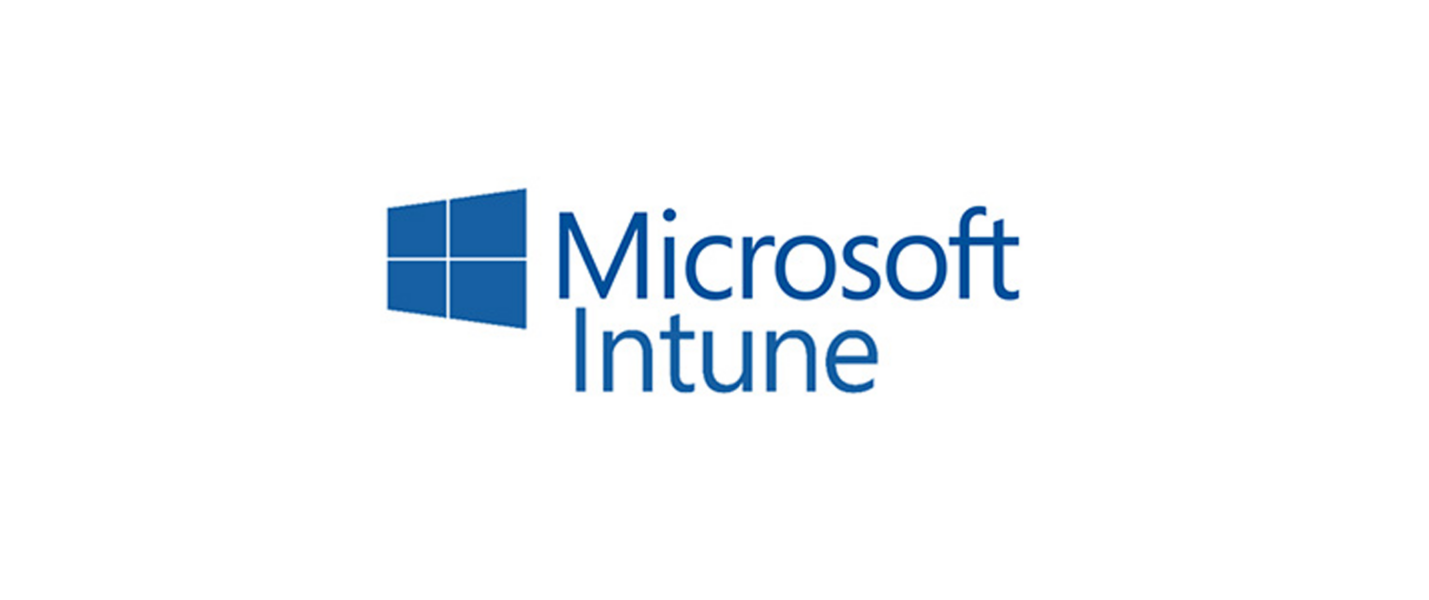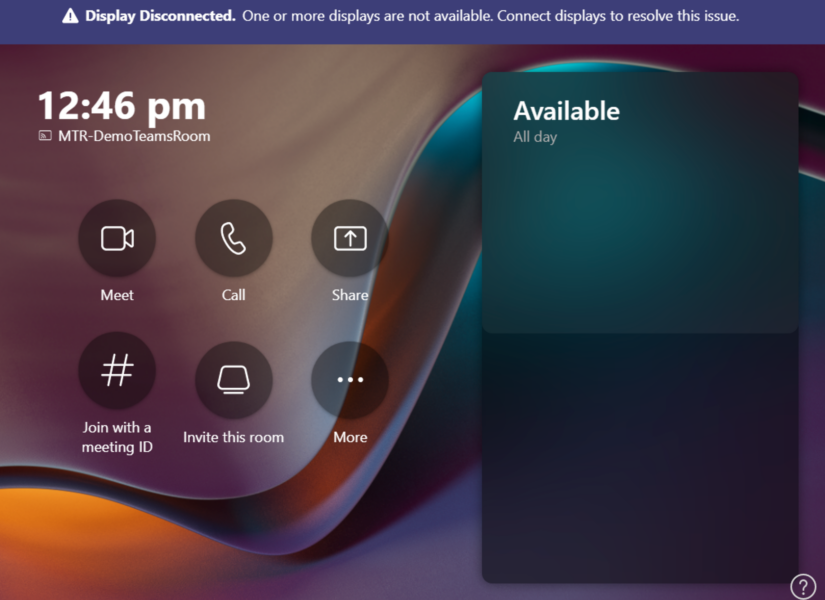Powershell has the ability to create an iso, here is a PowerShell function to create an ISO (found originally on Microsoft’s Technet Script Center)
The function is below, read through it to verify it isn’t going to do anything malicious (which you should always do before running someone else’s code)
function New-IsoFile
{
<#
- Creates a new .iso file.
- Description The New-IsoFile cmdlet creates a new .iso file containing content from chosen folders.
- Example New-IsoFile "c:\tools","c:Downloads\utils" This command creates a .iso file in $env:temp folder (default location) that contains c:\tools and c:\downloads\utils folders.
- The folders themselves are included at the root of the .iso image.
- Example New-IsoFile -FromClipboard -Verbose (Before running this command, select and copy (Ctrl-C) files/folders in Explorer first)
- Example dir c:\WinPE | New-IsoFile -Path c:\temp\WinPE.iso -BootFile "${env:ProgramFiles(x86)}\Windows Kits\10\Assessment and Deployment Kit\Deployment Tools\amd64\Oscdimg\efisys.bin" -Media DVDPLUSR -Title "WinPE" <--This command creates a bootable .iso file containing the content from c:\WinPE folder, but the folder itself isn't included
- Boot file etfsboot.com can be found in Windows ADK.
- Refer to IMAPI_MEDIA_PHYSICAL_TYPE enumeration for possible media types: http://msdn.microsoft.com/en-us/library/windows/desktop/aa366217(v=vs.85).aspx#>
[CmdletBinding(DefaultParameterSetName='Source')]Param(
[parameter(Position=1,Mandatory=$true,ValueFromPipeline=$true, ParameterSetName='Source')]$Source,
[parameter(Position=2)][string]$Path = "$env:temp\$((Get-Date).ToString('yyyyMMdd-HHmmss.ffff')).iso",
[ValidateScript({Test-Path -LiteralPath $_ -PathType Leaf})][string]$BootFile = $null,
[ValidateSet('CDR','CDRW','DVDRAM','DVDPLUSR','DVDPLUSRW','DVDPLUSR_DUALLAYER','DVDDASHR','DVDDASHRW','DVDDASHR_DUALLAYER','DISK','DVDPLUSRW_DUALLAYER','BDR','BDRE')][string] $Media = 'DVDPLUSRW_DUALLAYER',
[string]$Title = (Get-Date).ToString("yyyyMMdd-HHmmss.ffff"),
[switch]$Force,
[parameter(ParameterSetName='Clipboard')][switch]$FromClipboard
)
Begin {
($cp = new-object System.CodeDom.Compiler.CompilerParameters).CompilerOptions = '/unsafe'
if (!('ISOFile' -as [type])) {
Add-Type -CompilerParameters $cp -TypeDefinition @'
public class ISOFile
{
public unsafe static void Create(string Path, object Stream, int BlockSize, int TotalBlocks)
{
int bytes = 0;
byte[] buf = new byte[BlockSize];
var ptr = (System.IntPtr)(&bytes);
var o = System.IO.File.OpenWrite(Path);
var i = Stream as System.Runtime.InteropServices.ComTypes.IStream;
if (o != null) {
while (TotalBlocks-- > 0) {
i.Read(buf, BlockSize, ptr); o.Write(buf, 0, bytes);
}
o.Flush(); o.Close();
}
}
}
'@
}
if ($BootFile) {
if('BDR','BDRE' -contains $Media) { Write-Warning "Bootable image doesn't seem to work with media type $Media" }
($Stream = New-Object -ComObject ADODB.Stream -Property @{Type=1}).Open() # adFileTypeBinary
$Stream.LoadFromFile((Get-Item -LiteralPath $BootFile).Fullname)
($Boot = New-Object -ComObject IMAPI2FS.BootOptions).AssignBootImage($Stream)
}
$MediaType = @('UNKNOWN','CDROM','CDR','CDRW','DVDROM','DVDRAM','DVDPLUSR','DVDPLUSRW','DVDPLUSR_DUALLAYER','DVDDASHR','DVDDASHRW','DVDDASHR_DUALLAYER','DISK','DVDPLUSRW_DUALLAYER','HDDVDROM','HDDVDR','HDDVDRAM','BDROM','BDR','BDRE')
Write-Verbose -Message "Selected media type is $Media with value $($MediaType.IndexOf($Media))"
($Image = New-Object -com IMAPI2FS.MsftFileSystemImage -Property @{VolumeName=$Title}).ChooseImageDefaultsForMediaType($MediaType.IndexOf($Media))
if (!($Target = New-Item -Path $Path -ItemType File -Force:$Force -ErrorAction SilentlyContinue)) { Write-Error -Message "Cannot create file $Path. Use -Force parameter to overwrite if the target file already exists."; break }
}
Process {
if($FromClipboard) {
if($PSVersionTable.PSVersion.Major -lt 5) { Write-Error -Message 'The -FromClipboard parameter is only supported on PowerShell v5 or higher'; break }
$Source = Get-Clipboard -Format FileDropList
}
foreach($item in $Source) {
if($item -isnot [System.IO.FileInfo] -and $item -isnot [System.IO.DirectoryInfo]) {
$item = Get-Item -LiteralPath $item
}
if($item) {
Write-Verbose -Message "Adding item to the target image: $($item.FullName)"
try { $Image.Root.AddTree($item.FullName, $true) } catch { Write-Error -Message ($_.Exception.Message.Trim() + ' Try a different media type.') }
}
}
}
End {
if ($Boot) { $Image.BootImageOptions=$Boot }
$Result = $Image.CreateResultImage()
[ISOFile]::Create($Target.FullName,$Result.ImageStream,$Result.BlockSize,$Result.TotalBlocks)
Write-Verbose -Message "Target image ($($Target.FullName)) has been created"
$Target
}
}
With this, you will be able to create a variable for your source data, and use get-childitem to get that location and pipe that to creating the ISO. See below:
$source_dir = "Z:\mediafiles\folderABC" get-childitem "$source_dir" | New-ISOFile -path e:\iso\folderABC.iso
When you run the script you will see the PS window “thinking”
Check the folder specified for the ISO creation, mine was: e:\iso




